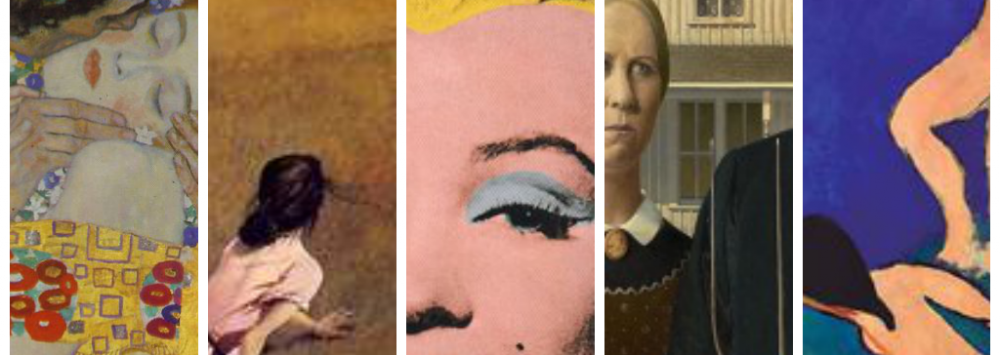Hans Hofmann:
Joey
Biography
Hans Hofmann was born in Weissenbur, Bavaria in March, 1880. His father began working in Germany when Hans was six. Given Hans precocious interests in mathematics and science, his father was able to help him obtain a job as assistant to the director of Public Works. Hans studied art at Moritz Heymann’s art school in Munich, and later traveled to France to further his studies in the field of art in 1904. In Paris he spent a good bit of his time at the Café du Dome where he mingled with artists like Matisse, Picasso and Bracques. Hans opened Hans Hofmann School of Fine Arts in Munich in 1915. The school gained recognition and allowed Hofmann to secure a position at the University of California at Berkeley as the Chairman of the Department of Art. Hofmann could not return to Munich in 1930 due to the German Reich’s lead propagandist Joseph Goebbels’s threat towards German artists. Hofmann became a US citizen in 1941 and continued to teach, except now in New York. Hofmann dove solely into his work in the fifties and sixties up until his death in 1966.
Movement
Abstract Expressionism, a movement that came to prominence in the 1940s, was a break away from tradition in both subject matter and creation of artwork. Artists in this movement aimed for spontaneity and work that seemed to manifest the movement from which it was created. As opposed to having a specific subject, works were meant to express emotions/feelings of the artists as opposed to depicting anything real or even conceivable. The paintings were meant to be a reflection of the artist’s identity, and often, as we found in the Pollock video, the spontaneous art did have a purpose and sometimes the artist would lose “contact” with the piece and start over. This movement placed New York, which was the epicenter of Abstract Expressionism, on the map of influential cities/regions in art. It put American artists and their continent on the map as well.
Technique
Hofmann worked mainly in oil paints and like most other Abstract Expressionists, broke many of the conventions that their predecessor’s in art had used. In much of his works, Hofmann uses large bloc coloring like that of Fauvism, creating striking juxtapositions. Many of his Expressionist work also has the spontaneous characteristic, evident in the lack of geometric shapes.
21st century Comparison: Igal Fedida
I compare Hofmann’s work to that of twenty-first century painter, Igal Fedida. Both lack specific, defined subjects in their works. They also share the similarity of placing contrasting colors next to each other, juxtaposing colors more so than emphasizing the shapes that, in other genres, the colors may attempt to create. Igal does differ in that the surface he places his paints on is not always canvas. Such surfaces include metal and wood.
Personal Reflection
I find this movement to be very intriguing. It definitely forces the viewer to delve into their experience of the piece i.e. how they’re reacting to the seemingly nonsensical combination of colors and spontaneous shapes. There’s no easy answer to what the artist was trying to convey; there’s no subject to give as a solid clue. Instead it’s more of an experience where you must be aware of the feelings that are invoked by the piece. This makes sense since many of the artists, like Jackson Pollock and Hofmann, were trying to express emotions; trying to express reality through the sense of feeling as opposed to seeing, in which we would have a defined subject.
Bibiliography
http://www.pbs.org/hanshofmann/
http://www.metmuseum.org/toah/hd/abex/hd_abex.htm







